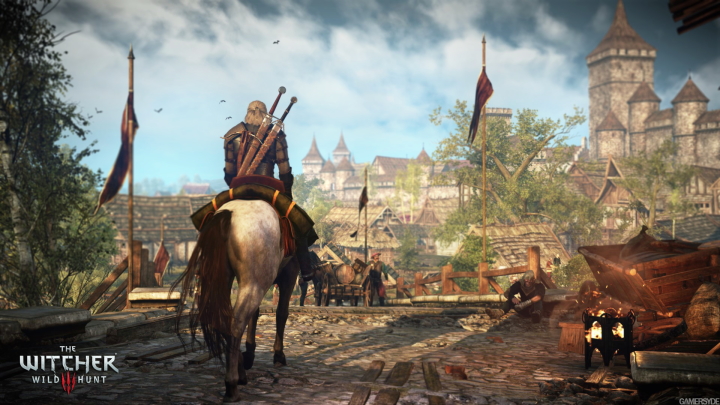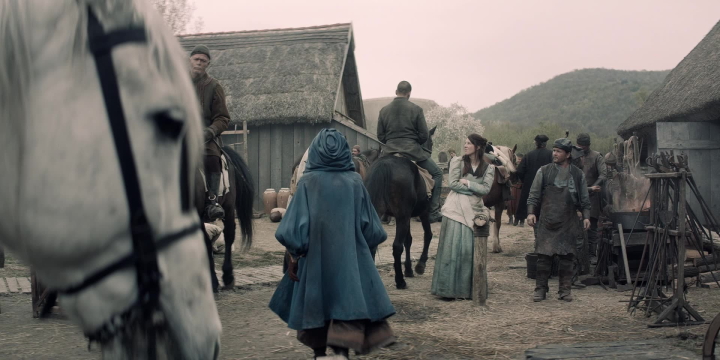Cities are more than just empty fortresses. What could Netflix learn from CDPR

- What Can CD Projekt RED Teach Netflix About The Witcher?
- Slavic charm or generic middle ages
- Friendly scuffles don't have to be cruel
- Cities are more than just empty fortresses
- Controversial heroes should be taken seriously
- Concerning Yennefer and Triss
- Dear Netflix, where's Ciri's personality?
- Geralt should be the hero of his own story
Cities are more than just empty fortresses

The Witcher 3: Wild Hunt, CD Projekt RED, 2015
If you have read Sapkowski's books, you surely recall the descriptions of the environment, above all the cities, as the centers of most of the story's social threads. The cities of the continent, of course, varied from region to region, both in size and culture – all, however, bustling with life.
Games, especially The Wild Hunt, took full advantage of this. Using typical RPG mechanics, they turned cities into centers of social life, places where we discover new side quests, do shopping, visit banks, etc., but at the same time we also have short moments of respite, without monsters lurking at every step. These places are not only teeming with life, but they're also visually refined, thanks to which they can really flaunt their individual flavor.
Take a look at Oxenfurt, for example, a center of academic and artistic life. Perfectly maintained, with brick buildings erected centuries before by the elves, Oxenfurt covers a huge area and is clearly modeled on typical medieval towns, full of shops, taverns and inhabitants. In the game we can also visit Beauclair, a city by the water, standing on hills, adapted to the terrain, with its shape and arrangement making the exploration extremely interesting. Although completely different from Oxenfurt, the city is teeming with life as well.

The Witcher, Netflix, 2019
So why, despite Sapkowski's vivid descriptions and graphically refined examples of how to imagine the continent's cities we admire in games, Netflix's series seems to completely disregard them? This adaptation focuses primarily on traversing the wilderness, perfectly suited to the atmosphere of the series, but Geralt often visits various cities. Or rather would-be cities, because the locations in the show are mostly solitary fortresses or clusters of several buildings.
They are nothing like the huge, vibrant places we know from games, they look more like a bunch of buildings, perhaps even a town, but in the middle of nowhere. Rinde, in which Geralt meets Yennefer for the first time, despite the fact that in the Witcher universe it is described as a town, in Netflix' show turns out to be one brick house, a few huts and a few tents. We would like this to be the only example of how the creators neglected a city – unfortunately, this is absolutely not the case.
